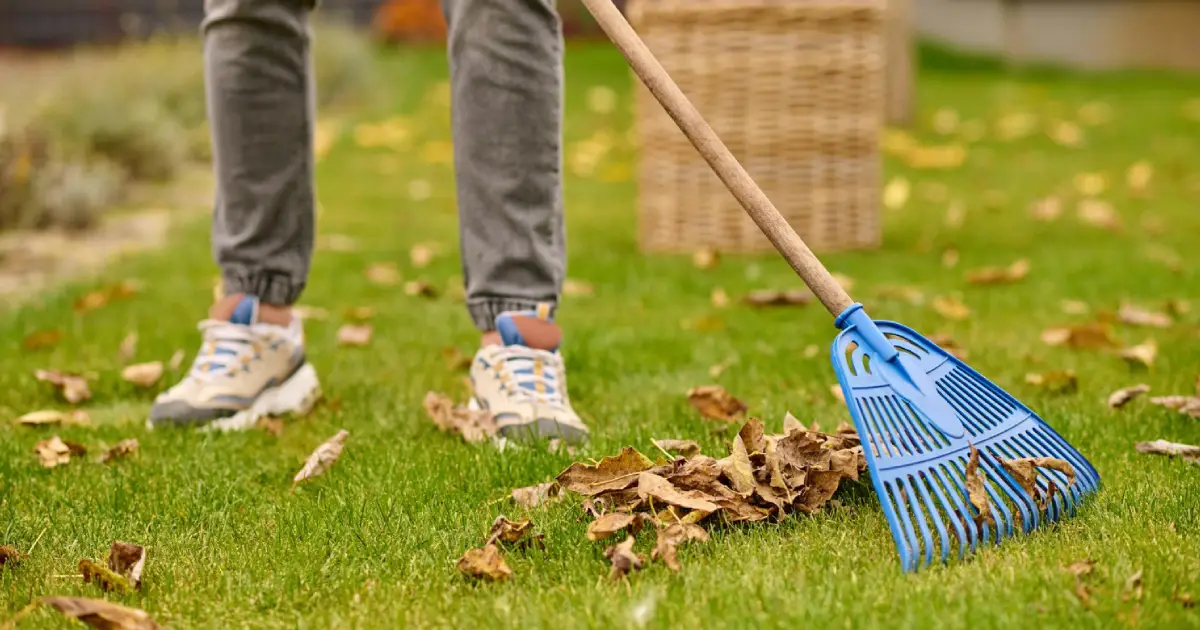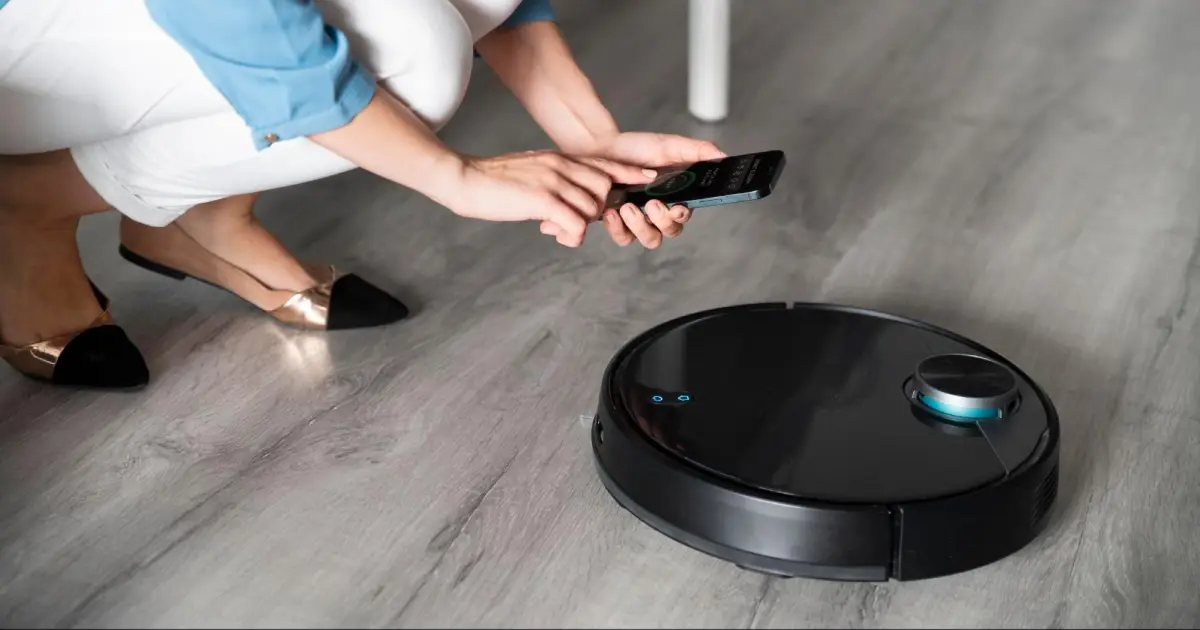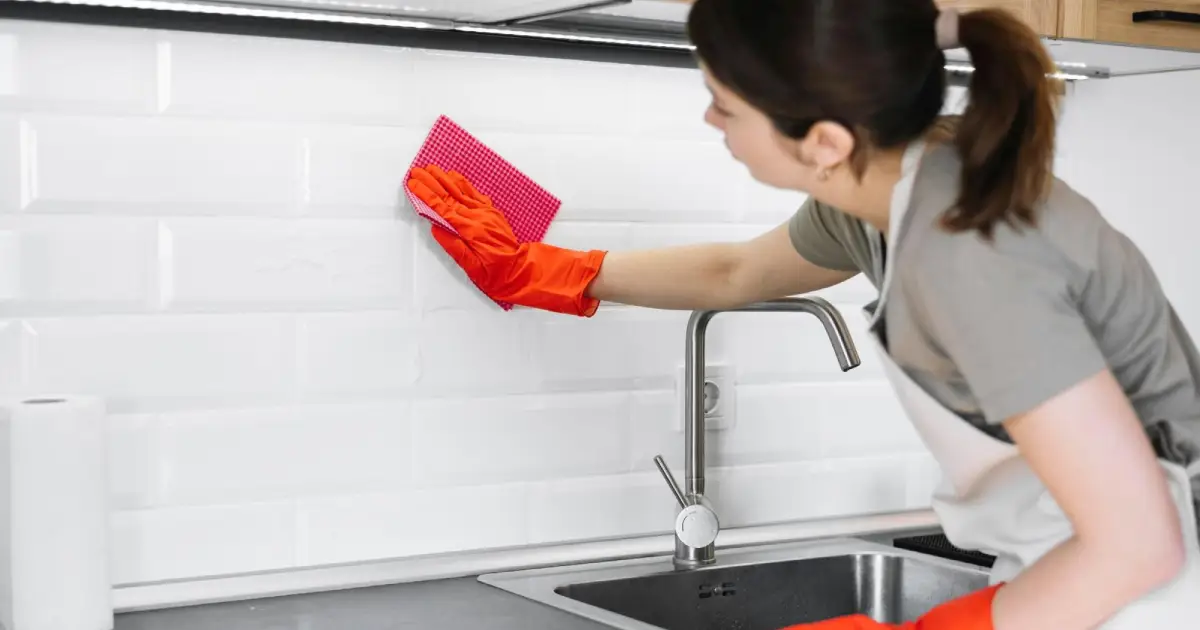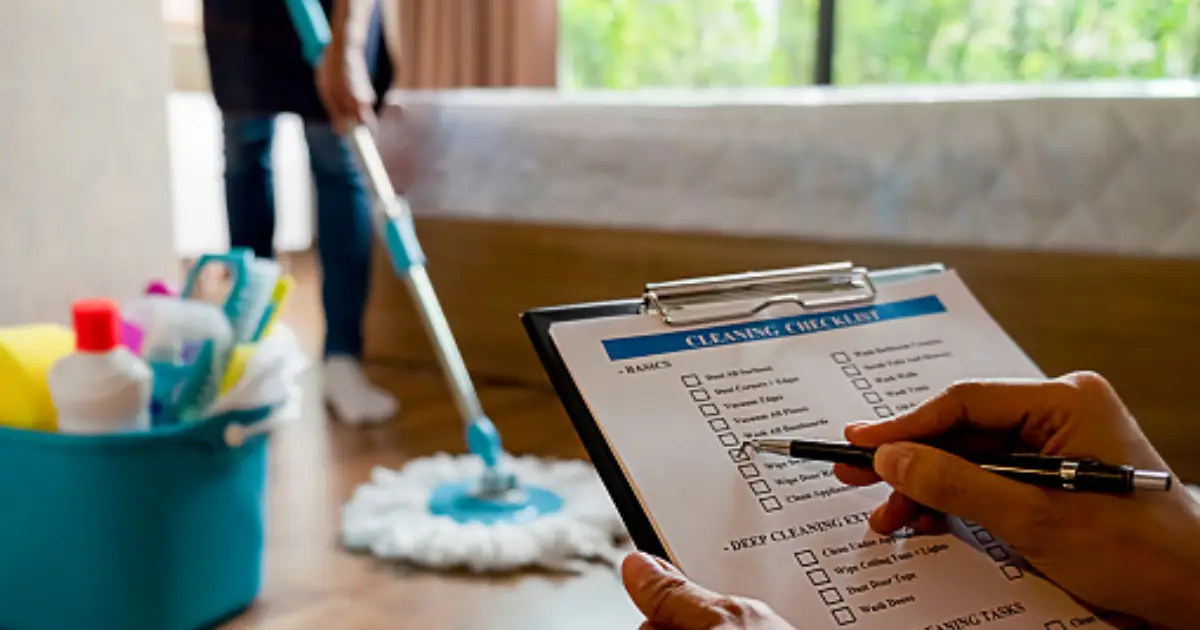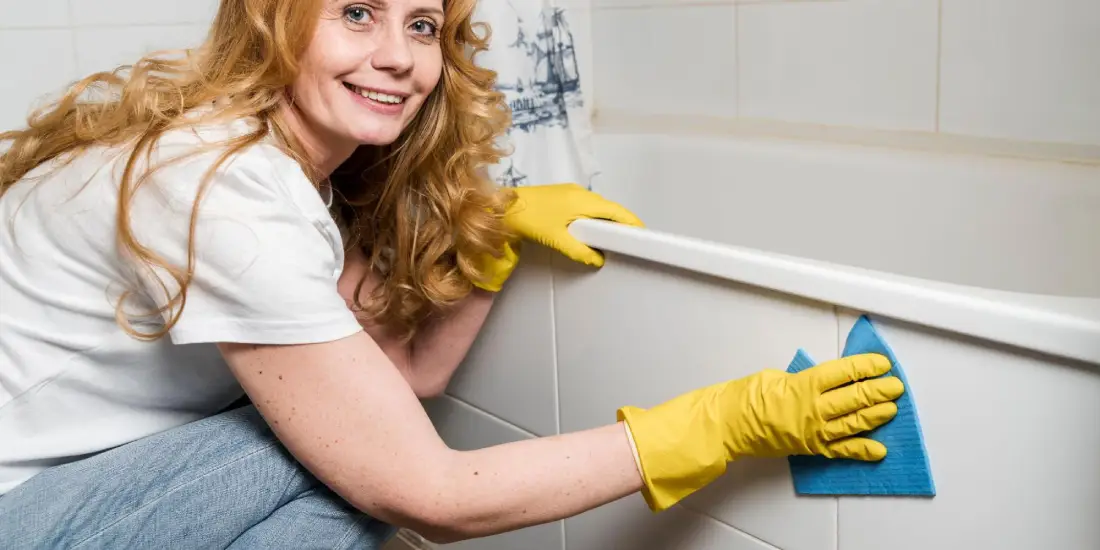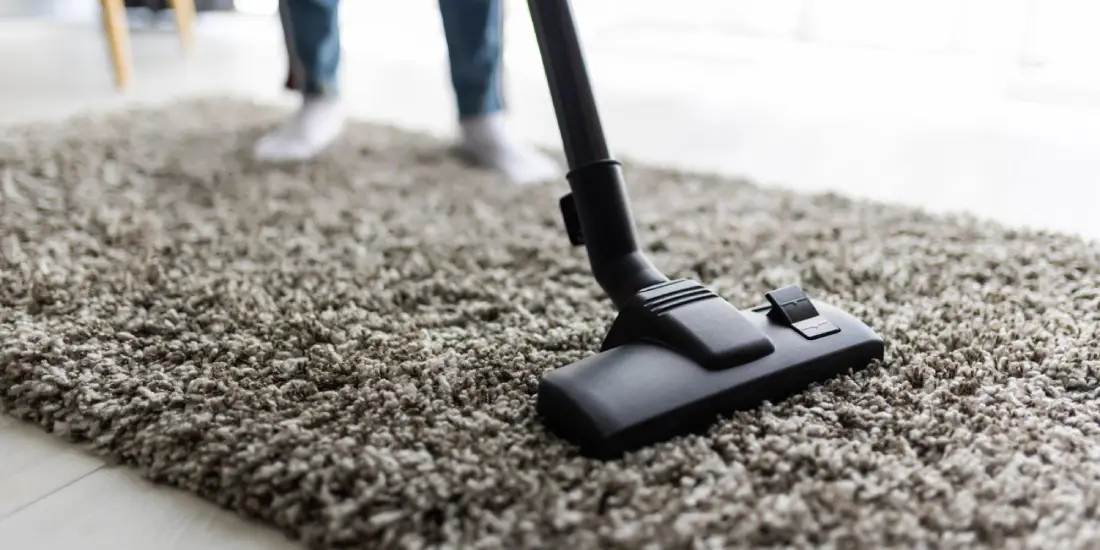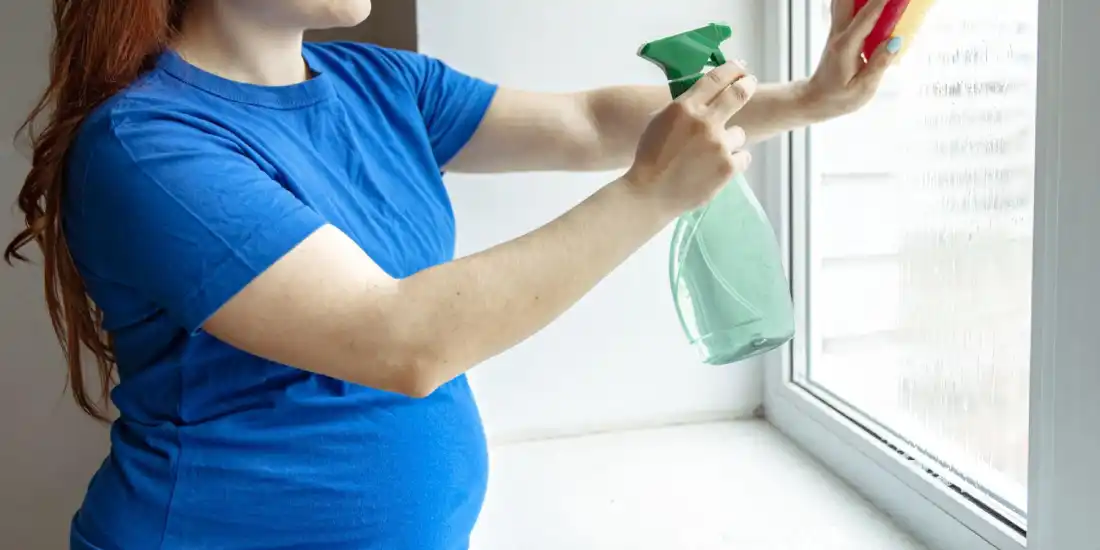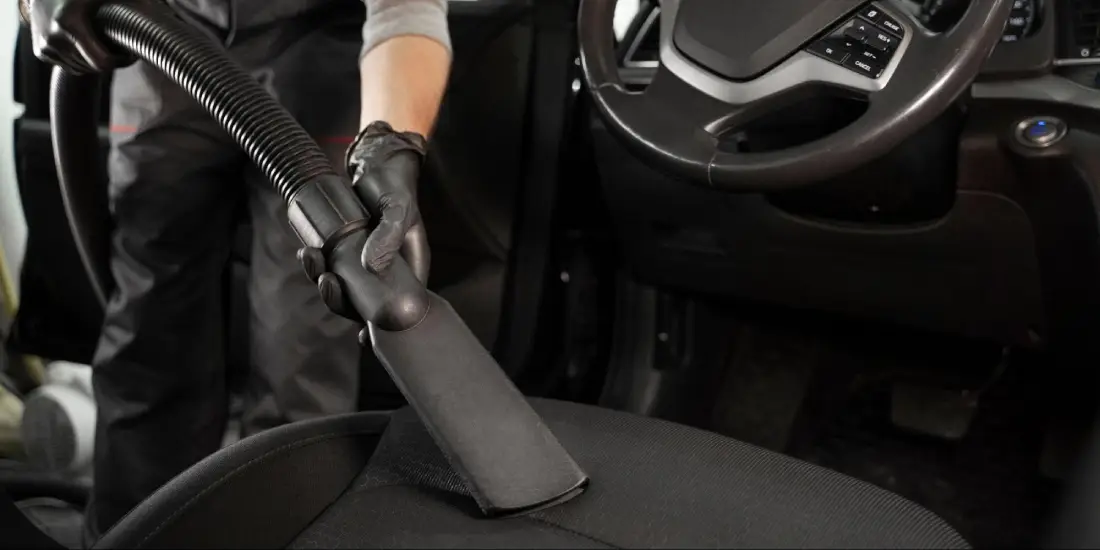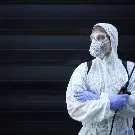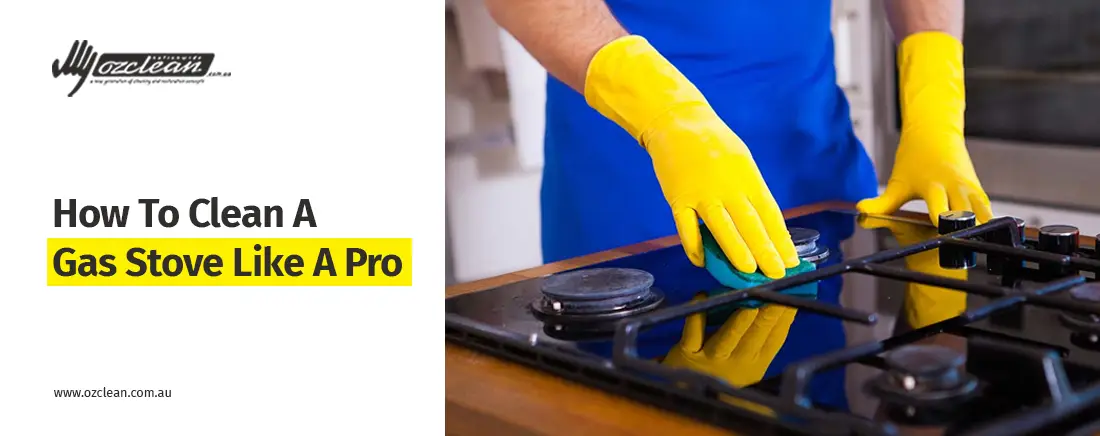
We all know how important a gas stove is to a kitchen. The entire kitchen revolves around it and a huge majority of cooking happens on top of this. Because of this very reason, a gas stove is the one thing that gets dirty the most, with the exception of the kitchen countertop. Be it an accidental spillage of a bowl of boiling milk or the spattering of tomato sauce all over the knobs and covers, your gas stove is the one to take it all in. This is the reason why special care has to be taken when it comes to cleaning your gas stove. It is a separate ecosystem in itself, with boiling liquids and burning gas. This article will help you clean a gas stove like an absolute pro!
So, how often should you clean your gas stovetop?
Depends on how well you maintain them! If you clean the spillage on time and don’t let the dirt sit on the gas stove for long, then you are good to go. Make sure to deep clean it once a month to guarantee its optimum performance and extended lifespan. If you notice that the burners give out yellow flames instead of the normal blue ones, it may be time for you to give your gas stovetop a thorough clean. If you observe any irregular flame patterns, that too might be a red flag. So look out for these indicators to understand when is the right time to clean your gas stove apart from them once in a month deep clean.
What is the Gas Stove cleaning process?
A gas stove is a staple in every kitchen and no microwave or induction can replace it. Keeping your gas stove in shape is actually pretty simple. All you have to do is follow these steps in the right order and voila! Your gas stovetop will be sparkling in no time. Let us see how to clean your gas stovetop, step by step:
Step 1: Make sure the stovetop is not hot
This is a very important step to do before getting on with the actual cleaning process. The surface of the gas stove must be completely cooled down before you start cleaning it. Also, make sure to turn the gas completely off. As the cleaning process is going to be quite rigorous, we do not want the gas turning on accidentally in between the cleaning.
Step 2: Now disassemble the parts
Once the gas stove is all set for cleaning, it is time to remove the burner tops, burners, and stove grates. These are the removable parts of a gas stove and might be a hindrance to the cleaning process if kept on. In this step, you can also remove any additional dirt that is stuck anywhere in these parts as well.
Step 3: The stove grates and stovetop must be degreased
The stove grates and the stovetop itself contain grease, which has to be removed. A degreaser that is non-toxic can be used for the process. You can spray a layer of the degreaser on the stove grates and let it sit for 15 minutes. The same applies to the stovetop as well. You can apply a generous amount of degreaser on top of the stovetop and start scrubbing away the grease.
Step 4: Scrape off any stubborn dirt
As there are a lot of things that are cooked on top of a stovetop, there is a high chance for some stubborn food particles to get stuck on the surface. You can use an old toothbrush or a stiff brush to reach out to the nooks and crannies where such dirt can be found and try to remove them. A razor blade can also be used in extreme cases to scrape off the dirt.
Step 5: Polish the stovetop
Now that all the serious cleaning is over, it is time for you to give a final polish to the stovetop. A glass cleaner can come in handy here, as it helps add that additional shine to your stovetop. Make sure to wipe off any degreaser from the surface with a paper towel before applying the glass cleaner.
Step 6: Clean the disassembled parts
The parts that were removed at the beginning of the cleaning process are all soaked now, so a thorough cleaning with a stiff brush is ought to do the trick. You need not use any aggressive cleaning agents on the burners as they may cause ignition problems in the future.
Step 7: Reassemble and add a stovetop protector
Everything is squeaky clean, and it is time to put everything back to place. Once the stove grates, burner caps, and burners are in place, you can add in a stovetop protector to make sure that there is a layer of protection for your gas stovetop. You can hire seasoned house cleaners to give your gas stove a deep clean once or twice a year as well.
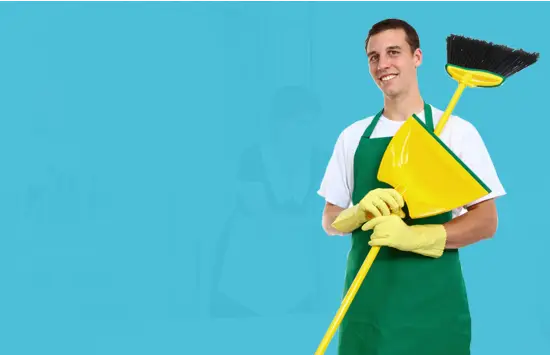
Professional Cleaning Services in Gold Coast
book now
Recent Posts
-
![Comprehensive Guide to Bond Cleaning with Ozclean]()
A Comprehensive Guide to Bond Cleaning with Ozclean
January 18, 2024
Admin
-
![blog-thumbnail]()
-
![blog-thumbnail]()
The Complete Guide to Dog Hair Removal from Office Carpets
December 28, 2023
Admin
-
![blog-thumbnail]()
Winter Cleaning Tips For Outdoor Spaces
August 03, 2023
Admin
-
![blog-thumbnail]()
Robotic Vacuums: Advantages And Disadvantages
April 14, 2023
Admin
-
![blog thumbnail]()
Tips For Cleaning Your Kitchen Efficiently And Effectively
March 30, 2023
Admin
-
![blog-thumbnail]()
Room-by-Room Cleaning Checklists for an Efficient Clean
March 08, 2023
Admin
-
![blog-thumbnail]()
Effective Ways To Remove Rust Stains From Bathtub
January 31, 2022
Admin
-
![blog-thumbnail]()
5 Effective Carpet Cleaning Hacks
January 10, 2022
Admin
-
![blog-thumbnail]()
5 Cleaning Tips For Pregnant Ladies
December 27, 2022
Admin
-
![blog-thumbnail]()
6 Tips To Choose The Ideal Vacuum Cleaner For Your Car
December 13, 2022
Admin
-
![blog-thumbnail]()
5 Benefits When You Chose Professional Roof Cleaning
May 03, 2022
Admin



